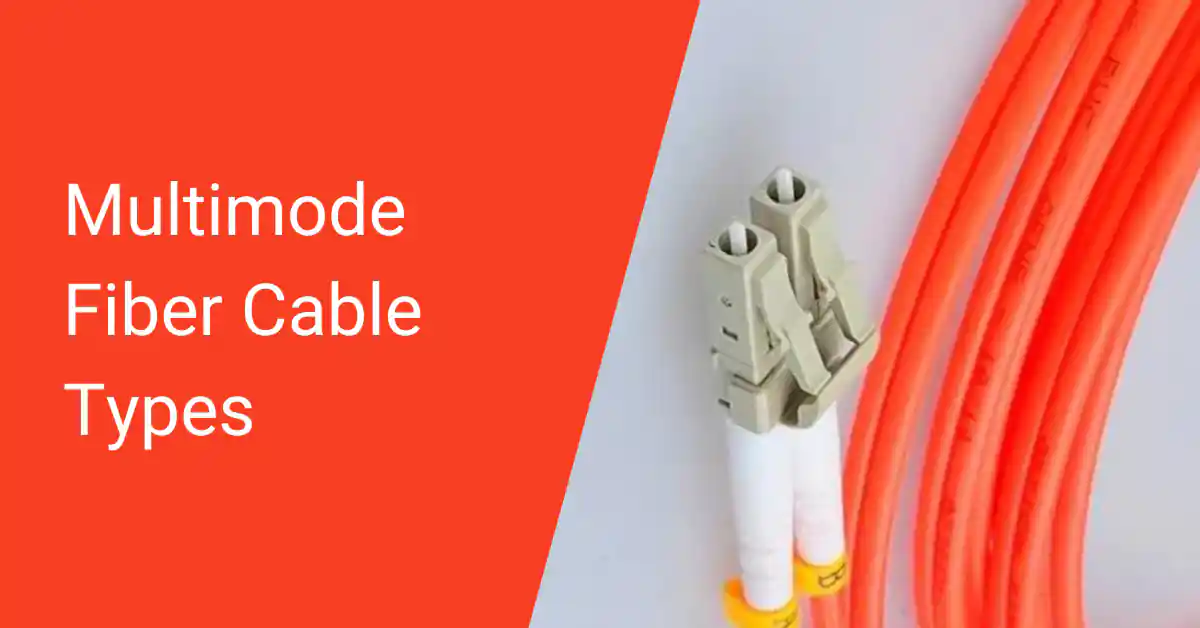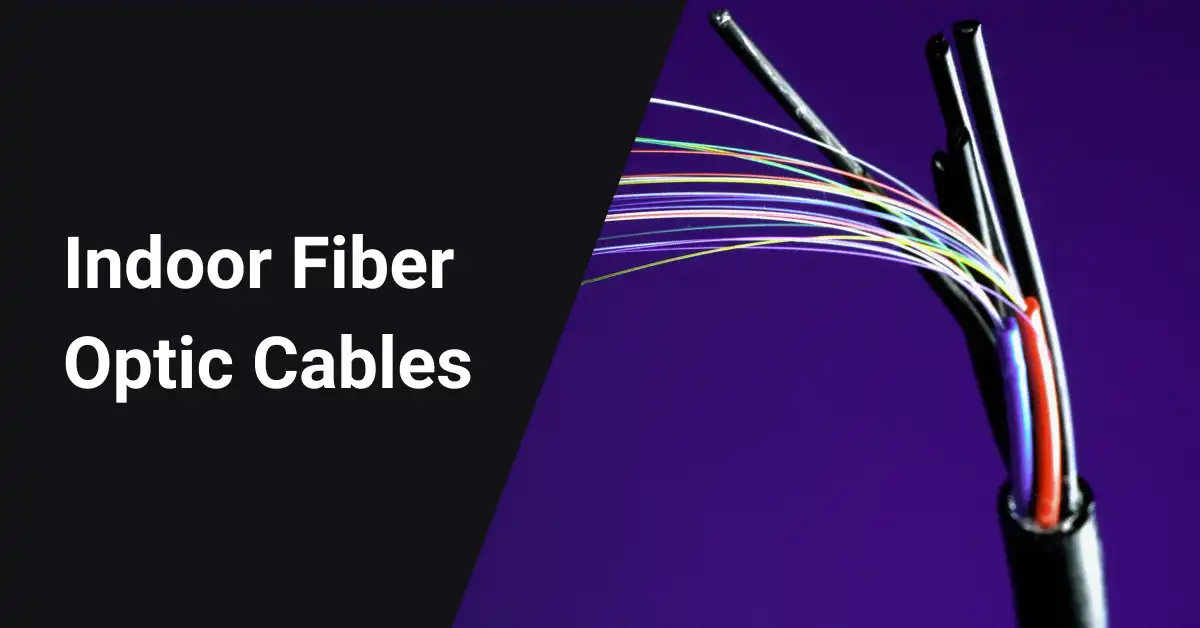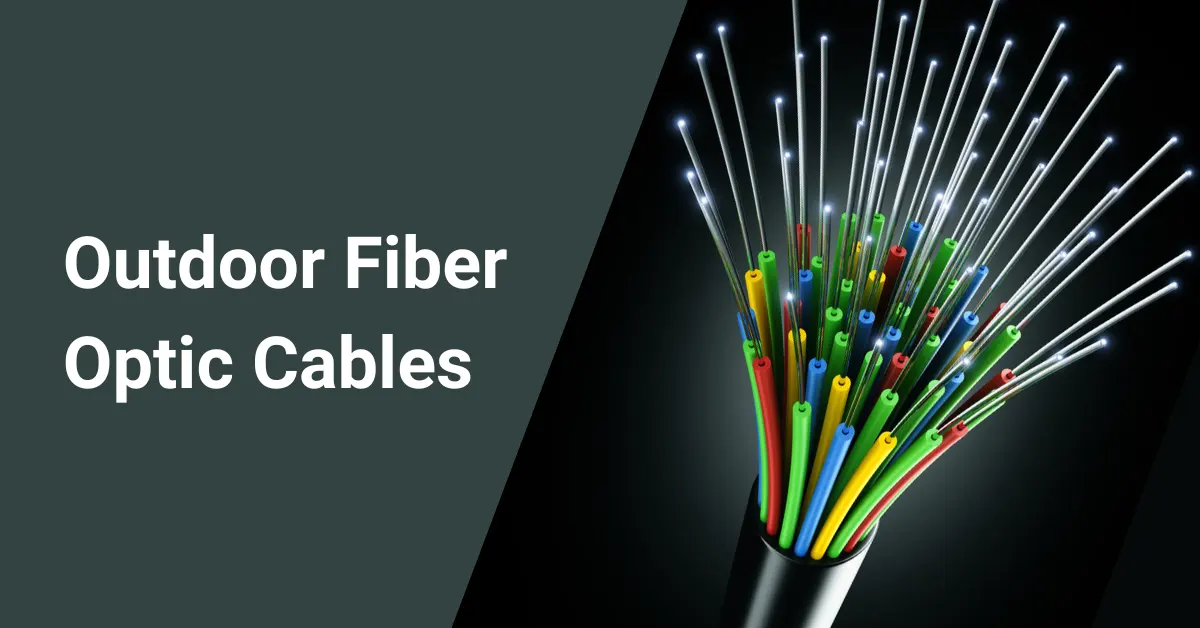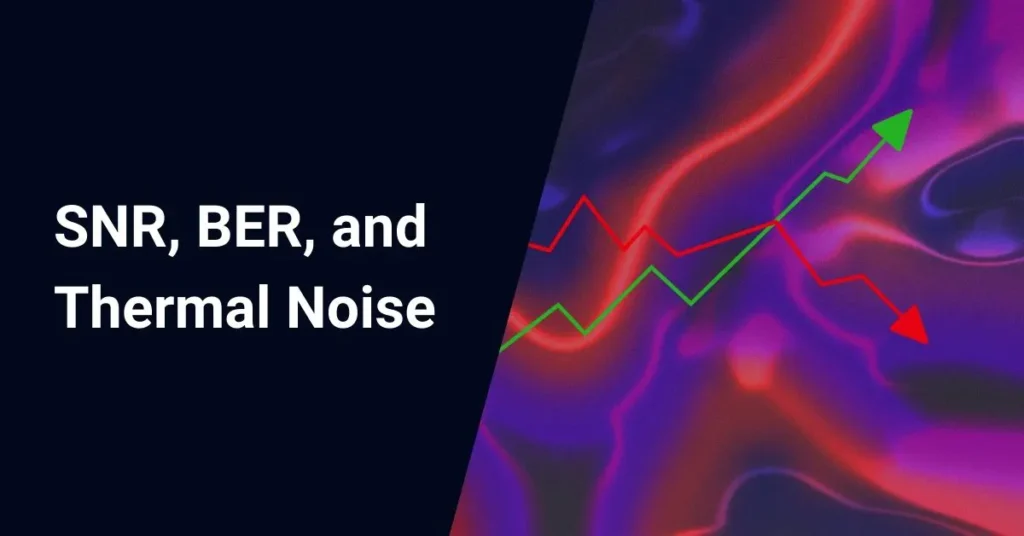We can divide optical communication fibers into single-mode optical and multimode optical fibers according to the number of transmission modes at their application wavelength. Today, let’s discuss the classification and application comparison of multimode optical fiber.
Due to its large core diameter, we can use multimode fiber with low-cost light sources. So it has many applications in short-distance transmission scenarios, such as data centers and local area networks.
With the rapid development of data center construction in recent years, multimode optical fiber has become the mainstream of data center and LAN applications. It has also ushered in the spring and has attracted widespread attention.
Table of Contents
Multimode Fiber Classification
According to the standard ISO/IEC 11801 specification, multimode fibers are divided into five categories: OM1, OM2, OM3, OM4, and OM5, all of which belong to graded-index multimode fibers.
You can compare those multimode fibers’ outer diameter sizes with the image below. “OM” stands for optical multi-mode, that is, optical mode, which is a standard for multimode fiber to indicate the fiber level.

OM1
An early type of multimode fiber cable with a core size of 62.5um, used for short-distance transmissions. It has an orange jacket color and supports a data rate of 1GB at 850nm. OM1 uses an LED light source for transmission and is generally used for 100Mbps applications.
OM2
Another type of multimode fiber cable with a core size of 50um. It is used for short-distance transmissions. It has an orange jacket color and supports a data rate of 1GB at 850nm. OM2 uses an LED light source for transmission and is generally used for 1000Mbps applications.
OM3
A newer type of multimode fiber cable with a core size of 50um, identified by its aqua-colored jacket. It supports a data rate of 10GB at 850nm and uses lasers as a light source to support 10G, 40G, and 100G Ethernet. OM3 uses fewer modes of light and can run 40GB or 100 GB up to 100 meters utilizing an MPO connector.
OM4
Another newer type of multimode fiber cable with a core size of 50um. It is identified by its aqua-colored jacket. It supports a data rate of 10GB at 850nm and uses lasers as a light source to support 10G, 40G, and 100G Ethernet. OM4 can run 100Gb up to 150 meters using an MPO connector and is commonly used in high-speed networks, data centers, financial centers, and corporate campuses.
OM5
The newest type of multimode fiber cable with a core size of 50um, identified by its lime green jacket. It specifies a range of wavelengths between 850nm and 953nm and can transmit multiple signals on a single fiber. OM5 can carry transmissions up to 150 meters and was developed in response to SWDM technology.
Bend capability of multimode fiber
Many transmission modes in multimode fiber bring about the fiber bending resistance problem. When the fiber is bent, high-order modes are easily leaked out, resulting in signal loss. That is called the bending loss of the multimode fiber.
With the increasing number of indoor application scenarios, the wiring of multimode optical fibers in narrow environments also puts forward higher requirements for their bending resistance. Here is the comparison of the bending resistance of the five types of optical fibers.
Multimode optical fiber bending resistance comparison
| ISO/IEC 11801 Standard | Bending Capacity |
|---|---|
| OM1 | None |
| OM2 | Low micro bending sensitivity |
| OM3 | Bend insensitive |
| OM4 | Bend insensitive |
| OM5 | Bend insensitive |
Attenuation coefficient of multimode fiber
The fiber attenuation value or attenuation coefficient refers to the signal loss as the signal travels through the fiber optic cable. This value is critical in determining the maximum distance a signal can be transmitted without significant loss of signal strength.
In the case of multimode fiber optic cable, the attenuation value is mainly determined by the inherent loss of the fiber, bending loss, extrusion loss, impurity absorption, and whether the material is uniform. These factors can all contribute to the attenuation value of the fiber and, therefore, affect the relay distance over which the signal can be transmitted.
Here is the attenuation value comparison of five commonly used multimode fiber types.
| ISO/IEC 11801 Standard | Attenuation (dB/km) | ||
| 850nm | 953nm | 1300nm | |
| OM1 | 2.7 | - | 0.6 |
| OM2 | 2.3 | - | 0.6 |
| OM3 | 2.4 | - | 0.6 |
| OM4 | 2.4 | - | 0.6 |
| OM5 | 2.4 | 1.7 | 0.6 |
- Traditional OM1 and OM2 multimode fibers use LED as the basic light source.
- OM3 and OM4 multimode fibers are optimized for transmission with laser diodes, resulting in higher transmission rates and bandwidth than OM1 and OM2.
- OM4 has a better performance than OM3.
- OM5 multimode fibers are optimized in manufacturing to support even higher bandwidth.
- OM5 fiber optic patch cords have the same structure as OM3 and OM4 cords and are fully backward compatible with traditional OM3 and OM4 multimode fiber optic patch cords.
The comparison of attenuation coefficients and link lengths of five commonly used multimode fibers is below.
| ISO/IEC 11801 STANDARD | SUBCLASS | BANDWIDTH (MHz*KM) | LINK LENGTH | |||||
| 850nm | 953nm | 1300nm | STANDARD 1Gb/S LINK LENGTH (850nm) | STANDARD 10Gb/S LINK LENGTH (850nm) | STANDARD 40 AND 100Gb/S LINK LENGTH (850nm) | WDM 100Gb/s LINK LENGTH | ||
| OM1 | - | ≥200 | - | ≥500 | - | - | - | - |
| OM2 | - | ≥500 | - | ≥500 | - | - | - | - |
| OM3 | OM3-150 (OM2+) | ≥700 | - | ≥500 | Over 750m | Over 150m | - | - |
| OM3-300 | ≥1500 | - | ≥500 | Over 100m | Over 300m | Over 100m | - | |
| OM4 | - | ≥3500 | - | ≥500 | Over 1100m | Over 550m | Over 150m | - |
| OM5 | - | ≥3500 | ≥1850 | ≥500 | - | - | Over 200m | Over 150m |
With the continuous improvement of application requirements, multimode fiber is developing towards the direction of low bending loss, high bandwidth, and multi-wavelength multiplexing. In the future, there will be more and more demand for multimode fiber in industry applications.
What are the advantages of multimode fiber?
Cost-effective
Multimode fiber is less expensive than single-mode fiber. It is a cost-effective solution for short-distance communications.
Easy to use
Multimode fiber is easier to install and terminate than single-mode fiber due to its larger core diameter. It is less sensitive to alignment errors and less susceptible to bending losses.
High bandwidth
Multimode fiber has a large core diameter, allowing more light to be transmitted. So it results in higher bandwidth and faster data transfer rates.
Compatibility
Multimode fiber is compatible with various optical devices and systems. So, it is a versatile solution for many applications.
Short transmission distance
Multimode fiber is suitable for short-distance transmissions (up to a few kilometers) due to its higher dispersion and attenuation than single-mode fiber. It can be a benefit, depending on the application.
Large range of available wavelengths
Multimode fiber supports a wide range of wavelengths. It is compatible with various light sources and optical systems.
Immunity to electromagnetic interference
Multimode fiber is immune to electromagnetic interference. It is ideal for use in harsh environments and industrial applications.
Summary
Modern data centers rely heavily on cost-effective multimode optical fiber for short-haul networks. Standard ISO/IEC classifications describe fiber generations from legacy OM1 to cutting-edge OM5, identifiable by jacket color.
OM1 accommodated slow Ethernet, while OM2-5 facilitated faster implementations. Smaller 50um cores improved bandwidth from OM1 through OM5. Newer varieties like OM3-OM5 demonstrate bend-insensitivity essential for dense indoor deployments.
Attenuation measurements at various wavelengths help engineers foresee maximum cable lengths. Traditional OM1-OM2 utilize LEDs, whereas laser-compatible OM3-OM5 enable higher-speed applications.
Multimode fiber’s low expense, simple deployment, high throughput, compatibility, short spans, comprehensive wavelength support, and electromagnetic immunity make it ideal for applications like enterprise local networks, data transmission backbones, and industrial settings. Its evolution continues, fulfilling rising transmission needs.
FAQ
What are the different types of multimode fiber?
There are five types of multimode fiber, including OM1, OM2, OM3, OM4, and OM5. OM1 is an older technology rarely used in modern applications, while OM2 was designed for LED-based transmission. Today’s laser-optimized OM2, OM3, and OM4 are the preferred fibers when using multimode. OM5 is a newer multimode fiber type designed for short-range, high-speed applications.
How do you identify multimode fiber?
Multimode fibers are identified by the OM (optical mode) designation. The ISO/IEC 11801 standard outlines the specifications for multimode fibers. Multimode fiber cables can also be identified by the color of the patch cord, usually orange.
What is the max distance for multimode fiber?
The maximum distance for 10 Gbps data transfer over OM3 fiber is approximately 300 meters (984 ft), while for OM4 fiber, it is 550 meters (1804 ft). Based on TIA and IEEE standards, the distance limit for 10 Gb/s over OM4 is listed at 400 meters. The typical transmission speed and distance limits for multimode fiber based on a wavelength of 850 nm are 100 Mbit/s for distances up to 2 km (100BASE-FX), 1 Gbit/s for up to 1000 m, and 10 Gbit/s for up to 550 m.
When should you use multimode fiber?
Multimode fiber optic cables are typically used for short-distance runs, such as creating a backbone for a company’s network. They are also suitable for applications that do not require the far reach and care for attenuation that single-mode fiber excels at.
Does multimode fiber use LED or laser?
Multimode fiber typically uses LEDs (light-emitting diodes) as the light source. Those are designed to work with LEDs because of their larger, diverging light output beam pattern. The larger core makes it much easier to capture light.










